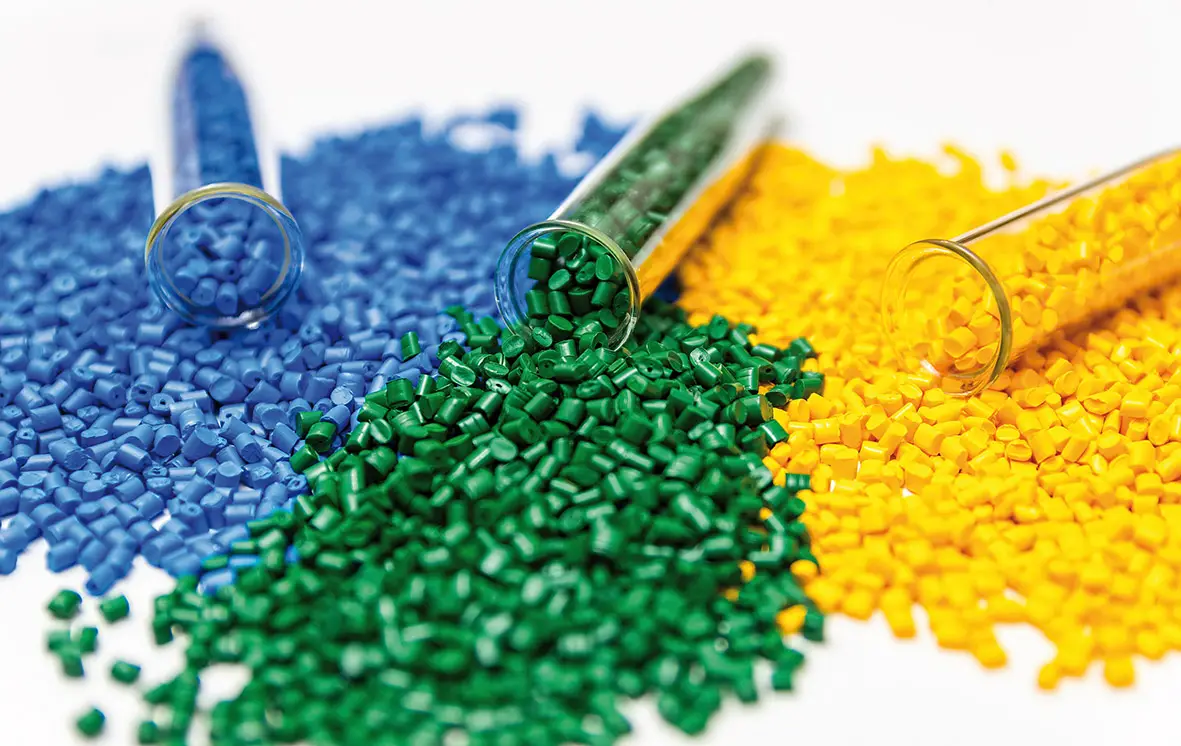Synthetic rubber is an artificial elastomer made by man, whereas polymers are manufactured using petroleum-based monomers. This blog will discuss synthetic rubber, various types of synthetic rubber, and how it is created.
Synthetic Rubber
Natural rubber was no longer a suitable material for the required application as automation became more prevalent in the manufacturing industry. With a low melting point of approximately 180°C, becoming fragile, and losing structural stability, natural rubber may not function efficiently within these high-temperature environments. As a result, a substitute rubber material with better resistance to heat, erosion, and chemicals was required for efficient and appropriate automation within the sector. Different kinds of synthetic rubber with diverse qualities were created to fulfill the growing industrial needs.
What Is Synthetic Rubber Used For, And What Is The Rubber Mixing Process?
Synthetic rubber's usage and reliability are based upon every day. Synthetic rubber has a wide-ranging variety of applications that are used in many industries, that includes 0-rings and gaskets to hoses, flooring, and belts. The rubber mixing and milling equipment determine vulcanized rubber's physical and chemical characteristics. In contrast, a two-roll rubber mill is a machine that is used to process natural rubber into numerous composites.
Types Of Synthetic Rubbers
Regardless of being artificial, synthetic rubber is as dependable as natural rubber. Aqua seal Rubber processes and manufactures a wide range of synthetic rubbers in-house. See the following list of synthetic rubbers that Aqua seal Rubber presently manufactures and how they are created:
Neoprene
Neoprene rubber is created with polychloroprene (a polymer comprised of acetylene, chloroprene, and hydrochloric acid). We develop high-quality neoprene at Aqua seal rubber by adapting the polychloroprene's chemical structure and accumulating compounds to make sure the finished rubber product has all chemical properties.
Ethylene Propylene Diene Monomer (EPDM)
Another synthetic rubber type is EPDM, made from propylene and ethylene. To allow us to treat this rubber with sulfur, add a small amount of diene to these elements, which causes chemical structure change which makes EPDM.
Styrene-Butadiene Rubber (SBR)
SBR, a polymerized, is produced by using butadiene and styrene. Before being mixed with styrene/butadiene, the recognized elements result from petroleum at an oil refinery.
Butyl Rubber
Butyl rubber is a copolymer made from isobutylene and isoprene. These substances allow the rubber to be vulcanized.
Fluor Elastomers
Fluor elastomers are a kind of copolymer that was first made from hexafluoropropylene and vinylidene. We adjust the uniformity of our Fluor elastomers to provide exceptional, long-lasting reliability even in the most challenging circumstances.
Silicone
Various compounds are added to increase silicone and oxygen polymer performance.
Buna N Rubber
Buna N rubber is a copolymer of acrylonitrile and butadiene. When acrylonitrile combines with butadiene, Buna N Rubber is formed (a synthetic chemical compound).
What Is The Synthetic Rubber Production Process?
The synthetic rubber manufacturing process consists of several processes, some of which differ depending on the type of synthetic rubber being created. The following are the essential phases in the processing and manufacture of synthetic rubber:
- The production and refinement of a hydrocarbon mixture (derived from oil or coal).
- When a flammable liquid hydrocarbon mixture is mixed with natural gases, monomers are formed, which are then employed to link molecules together to form polymers. Styrene-Butadiene Rubber (SBR), Nitrile Rubber (NBR), and Butyl Rubber are three typical monomers used in the production of synthetic rubber (IIR).
- Chemical agents are employed to convert individual polymers into polymer chains to create a rubber material.
- Vulcanization adds accelerators to the rubber component, transforming it into a long-lasting rubber product.
- Finally, the rubber is molded into the desired shape, and quality checks are performed.
Rubber Sustainability
Synthetic rubber, unlike natural rubber, does not exist naturally. Overall, synthetic rubber manufacturer is part of a global effort to decrease waste and establish a more sustainable rubber production process, with synthetic rubber basis materials generally being polymers derived from petroleum wastes.







